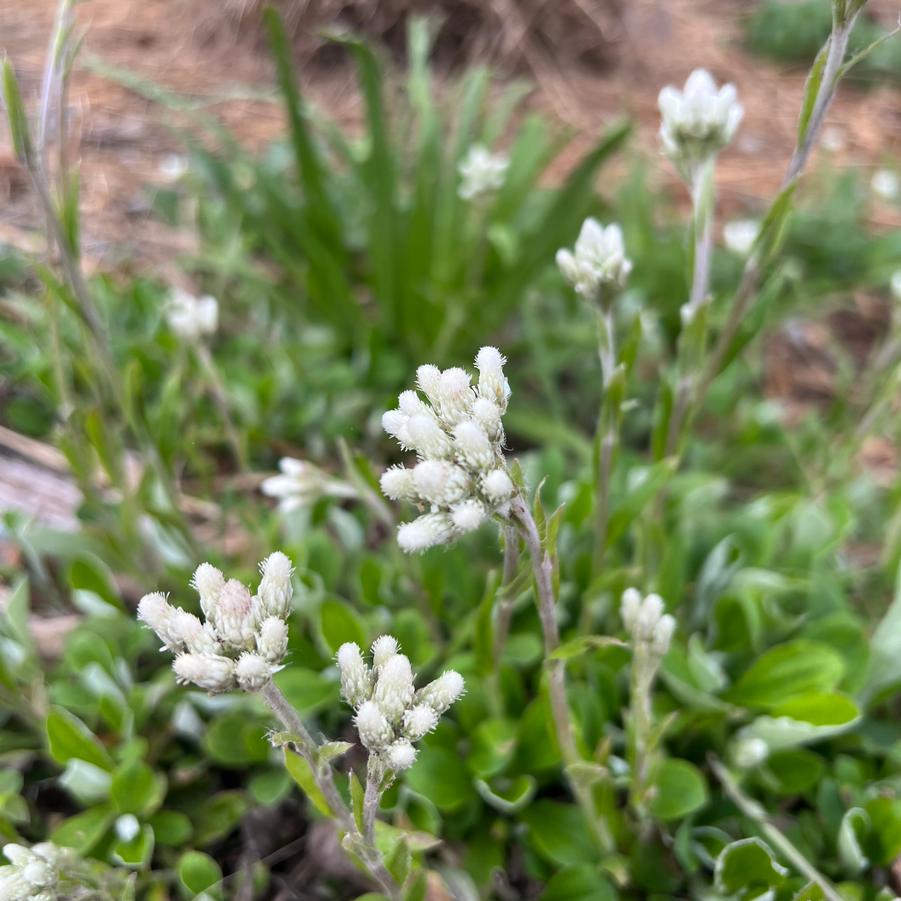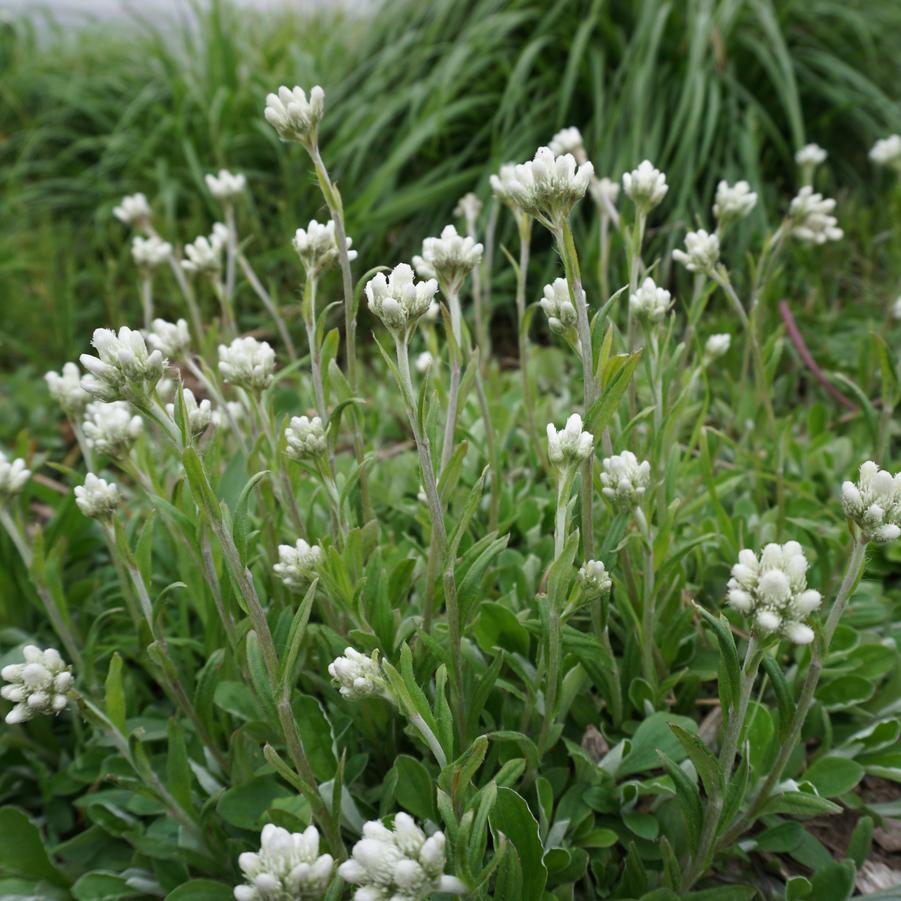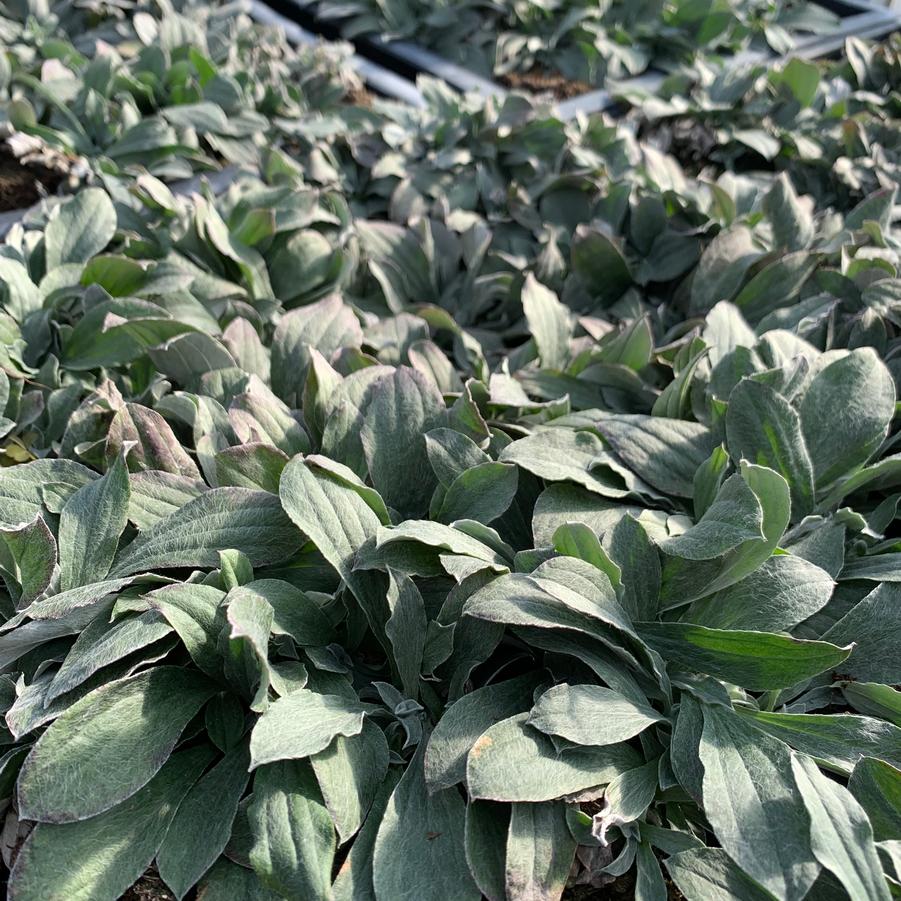





Plant Calculator
Enter the approximate length and width of the area you will be planting and click 'Calculate' to determine how many Antennaria plantaginifolia you will need.
Correct and successful spacing is complex and depends on project conditions. We encourage you to call us at 877-ECO-PLUG for project specific recommendations and further assistance.
Antennaria plantaginifolia
pussytoes
- Category: Perennial, Native
- Hardiness Zone: 3-8
- Height: 6-12 Inches
- Spread: 8-12 Inches
- Spacing: 6-8 Inches
- Bloom Color: White
- Foliage Color: Silver
Looking for a tough groundcover that thrives in full sun, dry, and lean soils? Need it to be low-growing with an attractive but discrete foliage? Then, look no further. Antennaria plantaginifolia fills that niche with style. Native to the eastern United States, this little plant is great in an open woodland edge, rocky slope, rock gardens, or prairie.
Green Infrastructure
| • | Green Roof |
Plug Type
| • | Landscape Plug™ |
For Animals
| • | Deer Resistant |
Season of Interest (Flowering)
| • | Late Spring / Early Summer |
Propagation Type
| • | Vegetative |
Additional Information about Antennaria plantaginifolia
Antennaria plantaginifolia is a workhorse in the garden. It is a quiet groundcover with silver-gray foliage covered in wooly hairs with wide basal leaves marked by 3 prominent parallel veins. It forms a wide mat by stoloniferous runners and is 10” tall when blooming. Flowers are insignificant and white in early spring.
Found throughout the eastern United States, Antennaria plantaginifolia typically grows in acidic soils with dry and rocky slopes and in prairies and glades. This plant is tough as nails with very little pest or disease issues if grown in lean soils and full-sun conditions.
It supports a wide range of pollinators such as solitary bees and includes two flies species whose life cycles depend on nesting within the leaves of Antennaria species. Beyond pollinators, White-tailed deer, Ruffled Grouse and Greater Prairie Chicken consume the leaves in early spring when the foliage is verdant.
We've found it to be a highly adaptable plant and are trialing it in many garden locations. Some of our soils are amended with mushroom compost and this leads to browning leaves. Antennaria also has alleopathic tendencies—if using as a groundcover layer in a planting design, allow other perennial plantings to establish first. Antennaria is a wonderful weed suppressant between its matting capabilities and alleopathic tendencies.
Growing & Maintenance Tips for Antennaria plantaginifolia
Antennaria thrives with full sun in lean soils that are rocky or gritty in nature. Antennaria has no serious pests or diseases but does not perform well in part sun, moist, humus-rich conditions.
